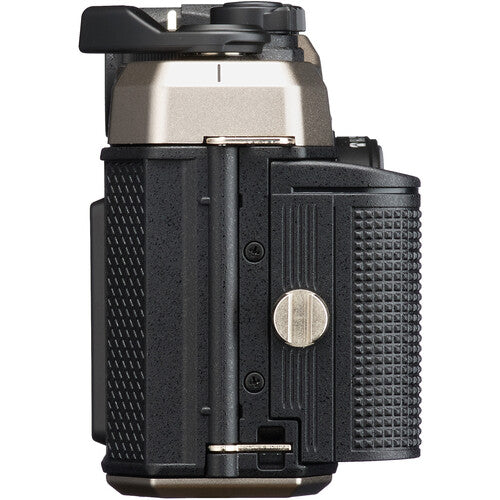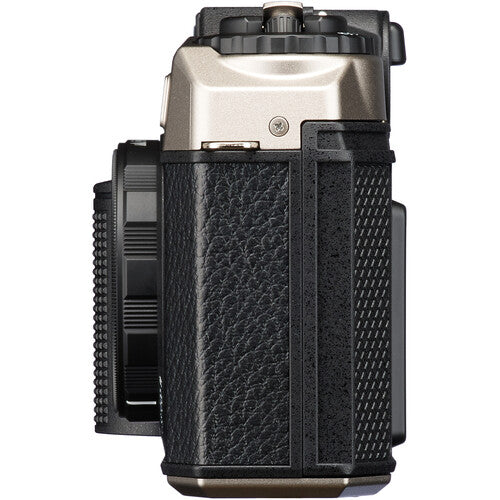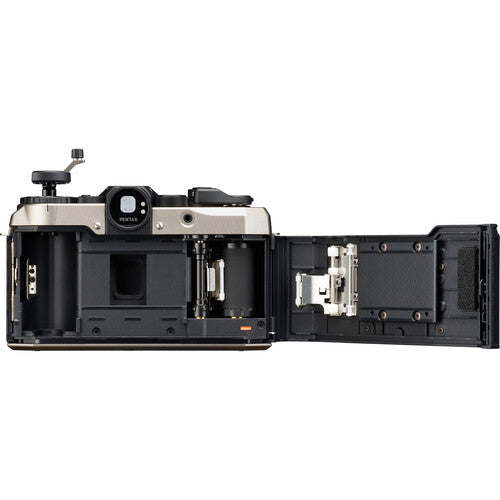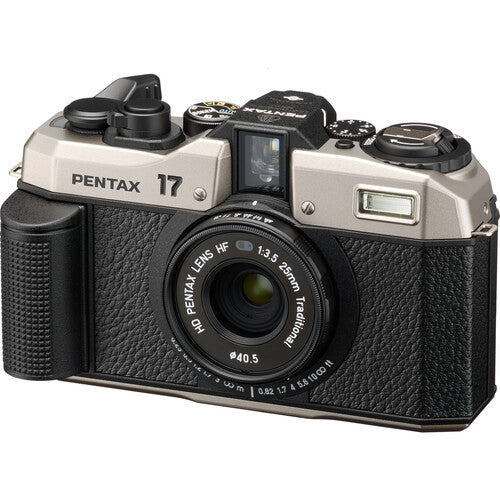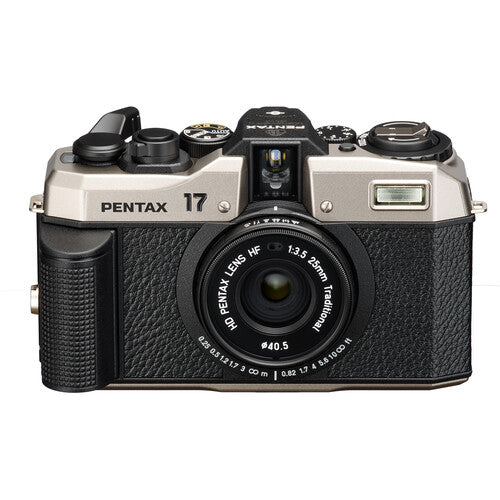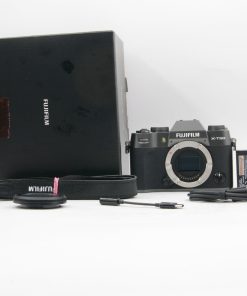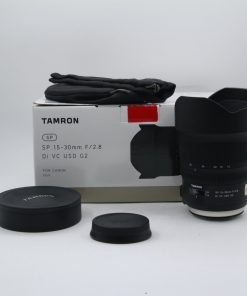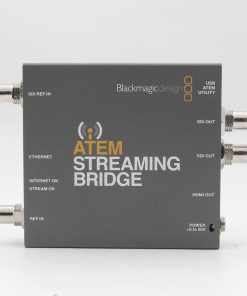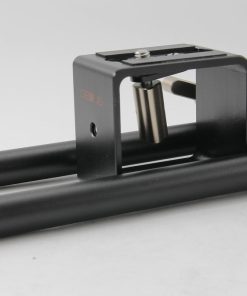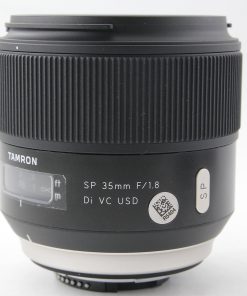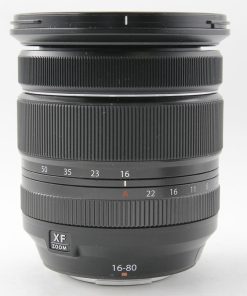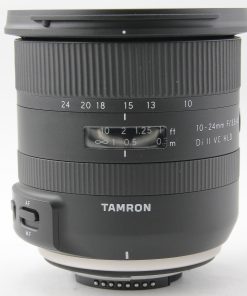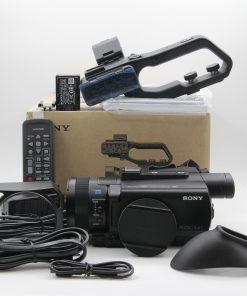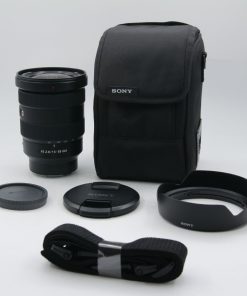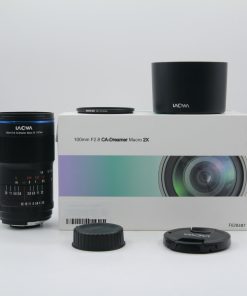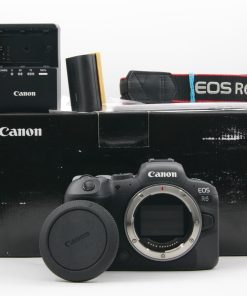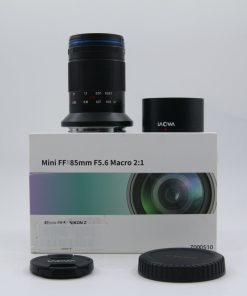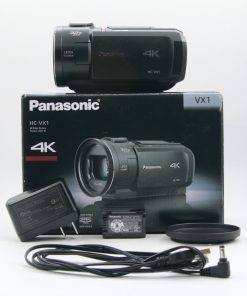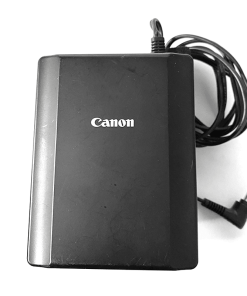Pentax 17 Film Camera Pentax
$ 499,95 $ 149,98
- Since the frames take up about half as much space on the roll of film, you get twice as many exposures per roll compared to full-frame format cameras. On a 36-exposure roll of film, you can expect to take about 72 exposures.
- Since the film is running horizontally through the camera, the 17 x 24mm image area is inherently vertical; the viewfinder is setup in a vertical orientation and the camera handles best when shooting vertically.
- One of the key attributes of the 17 is its simplicity and ease of use; it’s a true point-and-shoot that uses an accurate autoexposure system to allow you to focus on getting the shot.
- In terms of exposure variables, users are able to manually set ISO/ASA (from 50-3200), adjust exposure compensation by +/- 2 EV, and use a mode dial.
- The mode dial is divided into two distinct sections—flash off or flash on—and there is an Auto mode that choose whether or not to use flash depending on the lighting conditions.
- Within the flash on section, there is a choice between a Program auto with flash and a slow-sync with flash settings.
- With the flash off, Program auto, bulb, and slow shutter speed settings can be used, as well as a unique Bokeh mode that prioritizes use of the f/3.5 maximum aperture for the shallowest depth of field.
- The top plate also includes the manual film rewind knob; the shutter release button, which is surrounded by the On/Off switch; the film advance lever; and the film counter window.
- The viewfinder is placed in the middle of the body and has a simple window design with brightline frame lines. The frame lines include a close-up compensation notch for more accurate framing when using the closest focusing zone.
- The front of the camera has a knurled handgrip, which can be removed to reveal the single CR2 3V battery that powers the camera’s meter and flash.
- Next is the lens; integrated in the front of the lens’s housing is the light meter and the lens also has 40.5mm threads to accept filters. Since the meter is within the lens housing, filter factors will automatically be accounted for when using autoexposure.
- The built-in flash on the front of the body has a guide number of 20′ at ISO 100 and a recycle time of about 9 seconds. LEDs near the viewfinder display when the flash is recharging and when it is ready for use.
- The back of the camera has a small slot for inserting notes or a piece from a film box to remind you of the loaded film stock. Also, near the top is a 2.5mm port, which can be used with an optional CS-205 cabled remote shutter release. And, on the bottom of the camera, there is a 1/4″-20 tripod mount and the film rewind button
The lens focuses using a manual six-stage zone focusing method:
- Macro/Flower: 0.82′ / 0.25 m
- Close-Up/Knife & Fork: 1.7′ / 0.5 m
- Single Person: 4′ / 1.2 m
- Two People: 5.6′ / 1.7 m
- Group of People: 10′ / 3 m
- Mountain/Infinity: ∞
The icons are visible on top of the lens, which can also be seen when looking through the viewfinder, and the specific measurements are printed on the front of the camera body.
Quick Shipping and Professional Packaging
Due to our long-term partnership in a long-standing partnership with UPS, FedEx, DHL and many other top global carriers we are able to offer a variety of shipping options. Our warehouse staff are highly trained and will be able to pack your goods in accordance with our exact and precise specifications. Your items will go through an exhaustive examination before they will be properly packaged prior to being sent out. We ship to thousands clients each day across multiple countries. This is a sign of our dedication to being the biggest online retailer in the world. The warehouses and centers of distribution are in Europe, as well as the USA.
Orders with more than 1 item are assigned processing times for each item.
Prior to shipping, we will examine thoroughly the items you've purchased. Currently, most orders are delivered within 48 hours. The delivery time will be between 3-7 days.
Returns
Stock is dynamic, and is not completely managed by us due to the involvement of several parties including the factory and our warehouse. The actual inventory may be changed at any time. It is possible that stock may run out after your order has been processed.
The period of time is 30 days. We are unable to exchange or refund your order if it has been 30 days since you purchased it.
Your item should be in the original packaging and be unused. It must also be returned in the original packaging.
Related products
* USED DEPARTMENT - PRE-OWNED
*** DEMO *** Godox VDS-M2 Supercardioid Camera-Mount Shotgun Microphone LIKE NEW Godox
* USED DEPARTMENT - OPEN BOX - OPEN BOX CAMERAS - Mirrorless
*** OPEN BOX EXCELLENT *** FUJIFILM X-T50 Mirrorless Digital Camera (Body Only, Charcoal) Fujifilm
* USED DEPARTMENT - OPEN BOX - OPEN BOX LENSES
*** DEMO *** Tamron SP 15-30mm f/2.8 Di VC USD G2 Lens for Canon EF Tamron
* USED DEPARTMENT - OPEN BOX - OPEN BOX VIDEO
* USED DEPARTMENT - DISPLAYS
*** DEMO *** Tamron SP 90mm f/2.8 Di Macro 1:1 VC USD Lens for Nikon Tamron
* USED DEPARTMENT - OPEN BOX - OPEN BOX ACCESSORIES
* USED DEPARTMENT - OPEN BOX - OPEN BOX ACCESSORIES
*** DEMO *** Genus DSLR Adapter Bar System for DSLR Cameras Genus
* USED DEPARTMENT - OPEN BOX - OPEN BOX LENSES
*** OPEN BOX *** Sigma 150-600mm f/5-6.3 DG OS HSM Sports Lens (Nikon F) Sigma
* USED DEPARTMENT - OPEN BOX - OPEN BOX LENSES
*** OPEN BOX *** Sigma 17-50mm f/2.8 EX DC OS HSM Lens (Nikon F) Sigma
* USED DEPARTMENT - OPEN BOX - OPEN BOX LENSES
*** OPEN BOX *** Panasonic Lumix S 20-60mm f/3.5-5.6 Lens ( L-Mount) Panasonic
* USED DEPARTMENT - DISPLAYS
*** DEMO *** Canon SELPHY CP1500 Wireless Compact Photo Printer (White) Canon
* USED DEPARTMENT - PRE-OWNED - USED LENSES - Mirrorless - Sony E
* USED DEPARTMENT - DISPLAYS
*** DEMO *** Tamron SP 35mm f/1.8 Di VC USD Lens for Nikon F Tamron
* USED DEPARTMENT - B-STOCK
*** FACTORY RECONDITIONED *** Tamron 150-500mm F/5-6.7 Di III VC VXD Lens for Sony E Tamron
* USED DEPARTMENT - OPEN BOX - OPEN BOX ACCESSORIES
*** DEMO *** Canon RU-21 Multifunction Roll System For imagePROGRAF PRO-2000 Canon
* USED DEPARTMENT - OPEN BOX
* USED DEPARTMENT - B-STOCK
*** FACTORY RECONDITIONED *** Tamron 70-180mm F/2.8 Di III VXD Lens for Sony E Tamron
* USED DEPARTMENT - OPEN BOX - OPEN BOX CAMERAS - Point & Shoot
* USED DEPARTMENT - OPEN BOX - OPEN BOX LENSES - Mirrorless - Fujifilm X
* USED DEPARTMENT - DISPLAYS
*** DEMO *** Tamron 10-24mm f/3.5-4.5 Di II VC HLD Lens for Nikon F Tamron
* USED DEPARTMENT - OPEN BOX - OPEN BOX VIDEO
*** OPEN BOX EXCELLENT *** Sony PXW-Z90V 4K HDR XDCAM with Fast Hybrid AF Sony
* USED DEPARTMENT - DISPLAYS
* USED DEPARTMENT - OPEN BOX - OPEN BOX LENSES - Mirrorless - Nikon Z
*** OPEN BOX EXCELLENT *** Laowa 12mm f/2.8 Zero-D Lens for Nikon Z Laowa
* USED DEPARTMENT - OPEN BOX - OPEN BOX LENSES
*** OPEN BOX Excellent *** Laowa 100mm f/2.8 CA-Dreamer Macro 2x Lens for Nikon F Laowa
* USED DEPARTMENT - OPEN BOX - OPEN BOX CAMERAS - Mirrorless
*** OPEN BOX EXCELLENT *** Canon EOS R6 Mirrorless Camera (Body Only) Canon
* USED DEPARTMENT - OPEN BOX - OPEN BOX LENSES - Mirrorless - Nikon Z
*** OPEN BOX EXCELLENT *** Laowa 85mm f/5.6 2X Ultra Macro APO Nikon Z Mount Laowa
* USED DEPARTMENT - B-STOCK
*** CERTIFIED PRE-OWNED *** Tamron 150-500mm F/5-6.7 Di III VC VXD Lens for Fujifilm X Tamron
* USED DEPARTMENT - DISPLAYS
*** DEMO *** Sigma 14mm f/1.8 DG HSM Art Lens for Nikon F Sigma
* USED DEPARTMENT - OPEN BOX - OPEN BOX CAMERAS - Mirrorless
* USED DEPARTMENT - PRE-OWNED
* USED DEPARTMENT - OPEN BOX - OPEN BOX CAMERAS - Video
*** OPEN BOX EXCELLENT *** Panasonic HC-VX1 4K HD Camcorder Panasonic
* USED DEPARTMENT - PRE-OWNED - USED ACCESSORIES




